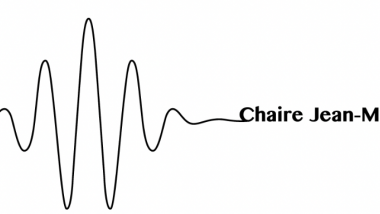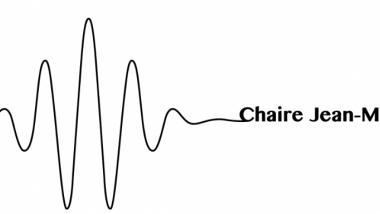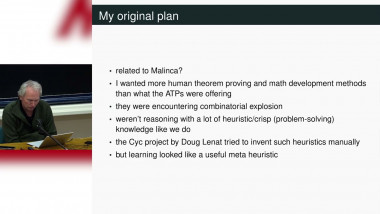Collection Jean Morlet Chair - 2024 - Sem 1 - Carrillo - Nouri
AGGREGATION-DIFFUSION AND KINETIC EQUATIONS, COLLECTIVE BEHAVIOR MODELS AND APPLICATIONS EQUATIONS D’AGRÉGATION-DIFFUSION ET ÉQUATIONS CINÉTIQUES, MODÈLES DE COMPORTEMENT COLLECTIF ET APPLICATIONS
Mean field limits and kinetic modelling have become powerful tools in applied mathematics to bridge microscopic and macroscopic descriptions of many body systems over the last 30 years. They typically involve a huge number of individuals, showing some sort of « collective behaviour », from which we want to extract average or macroscopic information. The individual behaviour of the « particles » is typically modelled via stochastic or deterministic ODEs from which one obtains mesoscopic descriptions based on kinetic type PDEs, while the average dynamics is usually described via continuum mechanics systems of hyperbolic, diffusive, or hydrodynamic type. The interplay between the long- and short-range interactions, transport and diffusion, and their nonlocal and nonlinear features are the main mathematical difficulties in understanding equilibria, stability of patterns, and their asymptotic analysis.
On the other hand, the relation between kinetic equations and nonlinear nonlocal aggregation diffusion equations appears at the level of homogeneous kinetic models and Fokker-Planck type equations in which the exchange of different methods and techniques has recently provided important advances. These nonlinear diffusion models are classical and they are natural approximations of kinetic equations in asymptotic limits. The connection to optimal transport problems has recently improved the knowledge of long-time asymptotics for nonlinear diffusion equations and interaction models. Optimal transport theory is still a developing field with a high potential in many of the problems of interest. Optimal transport, and more generally, variational calculus techniques are useful in relation not only to long-time asymptotics, but also in the design of structure preserving numerical schemes. Finally, the development of numerical schemes for both the microscopic and the kinetic level descriptions faces the curse of the high dimensionality and the intricate structure of the convolution-like operators involved.
This thematic program is devoted to foster the interaction between different communities interested in the statistical description of many-body problems and their macroscopic descriptions. Interacting particle systems, aggregation-diffusion equations, calculus of variations, kinetic theory on the theoretical side and cell population mathematical models, plasma physics problems, and data science and optimization on the applied side are areas that this Chaire Morlet will focus on during this semester.
Apparaît dans la collection : Chaire Jean-Morlet / Jean-Morlet Chair
Organisateur(s) José A. CARRILLO (Chair) and Anne NOURI (Local Project Leader)
URL associée https://www.chairejeanmorlet.com/2024-carrillo-nouri-1st-semester.html














